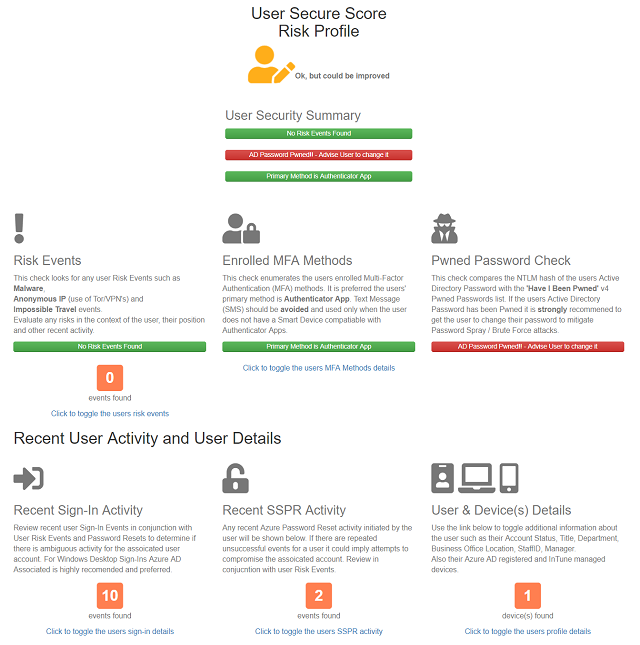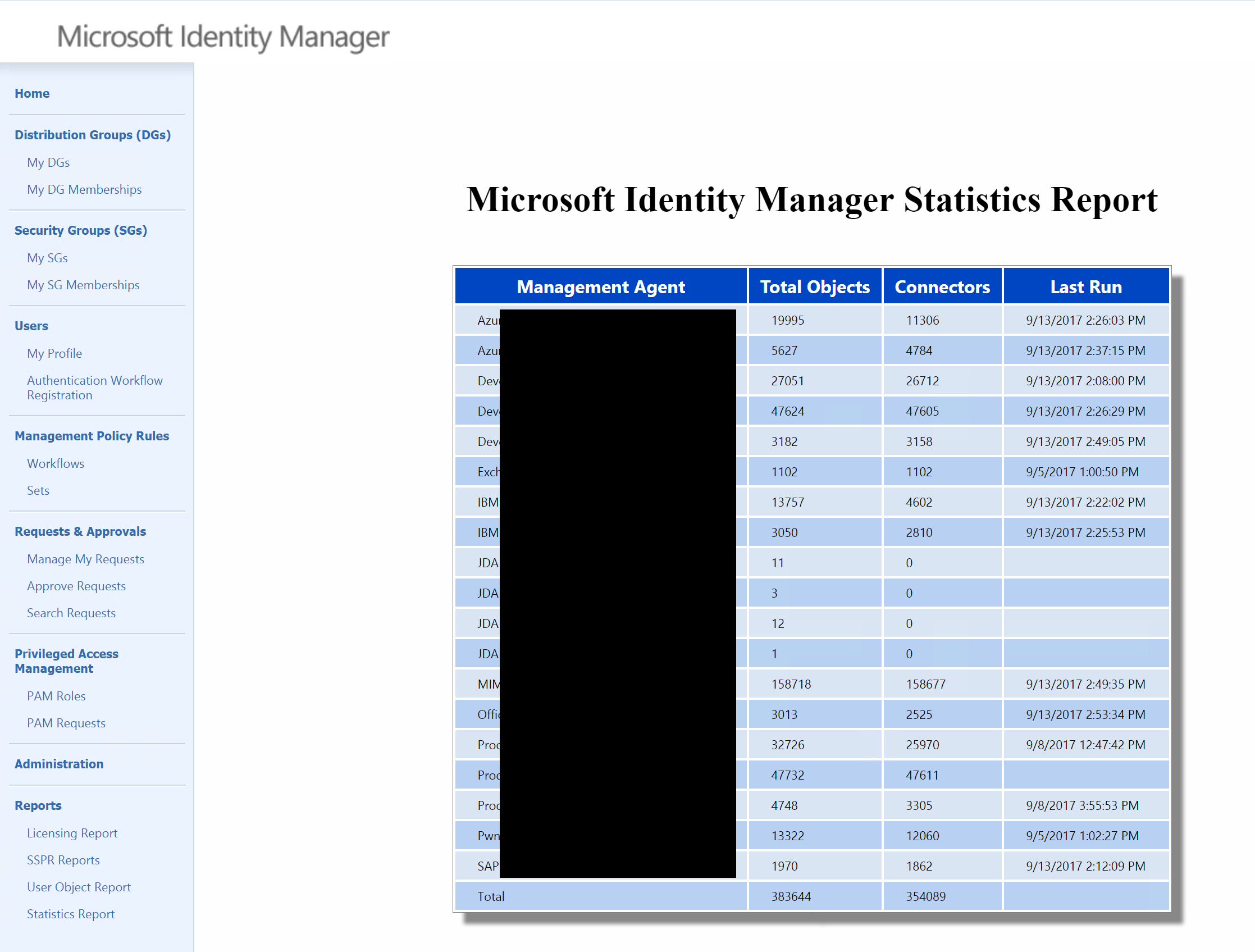
Azure AD/Active Directory User Security Evaluation Reporter
During December 2018 – February 2019 Microsoft have run an online Microsoft Graph Security Hackathon on Devpost.
The criteria of the hackathon was;
- Build or update a functioning Microsoft Graph-powered solution that leverages the Microsoft Graph Security API
Following the announcement of the Hackathon I was encouraged by Kloud management to enter. During the busy month of December I started to formulate a concept for entry in the Hackathon taking learnings from the hackathon I entered in 2018.… [Keep reading] “Azure AD/Active Directory User Security Evaluation Reporter”

